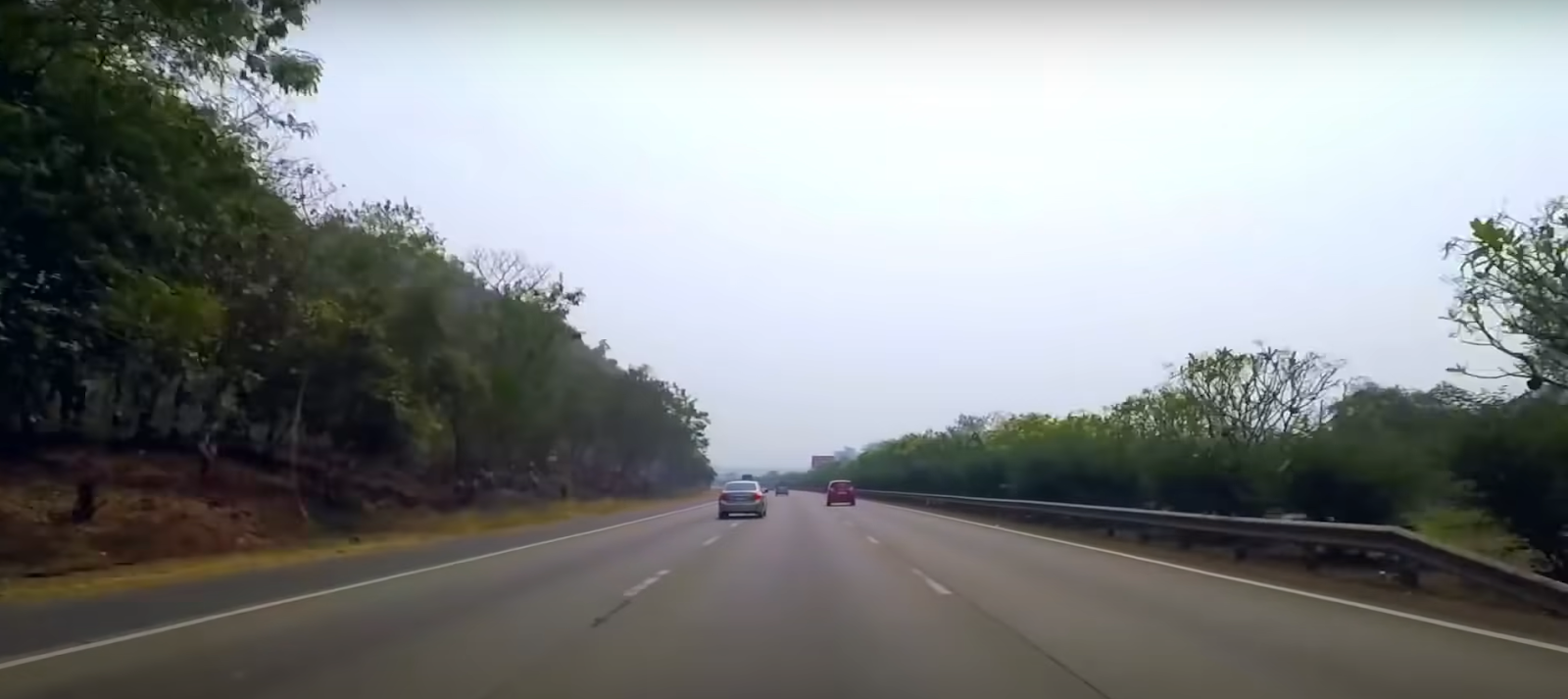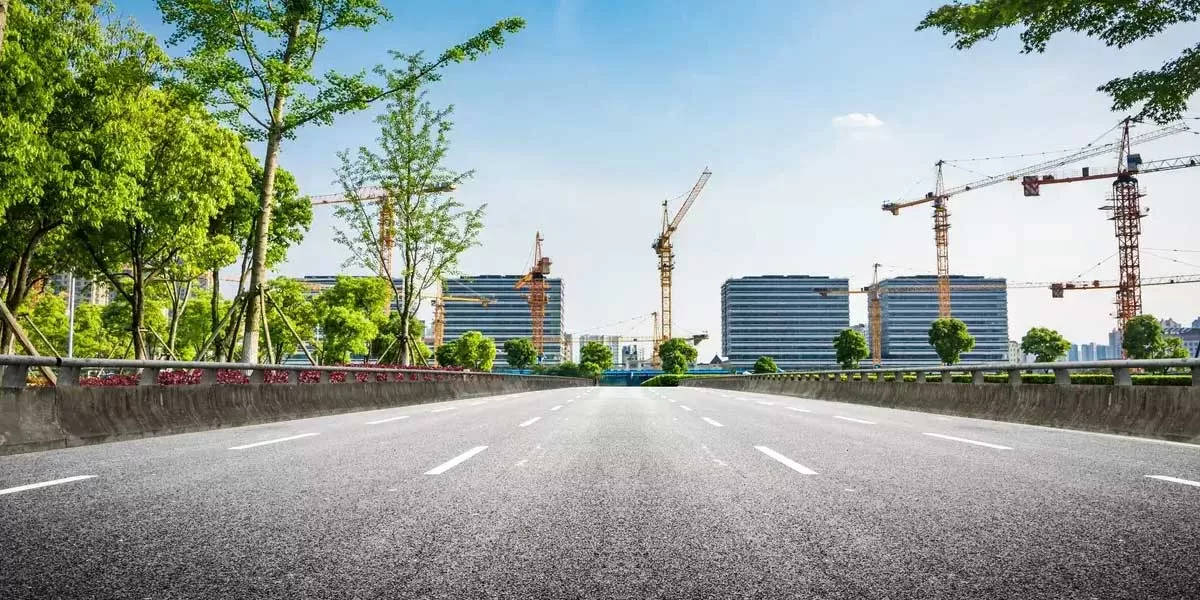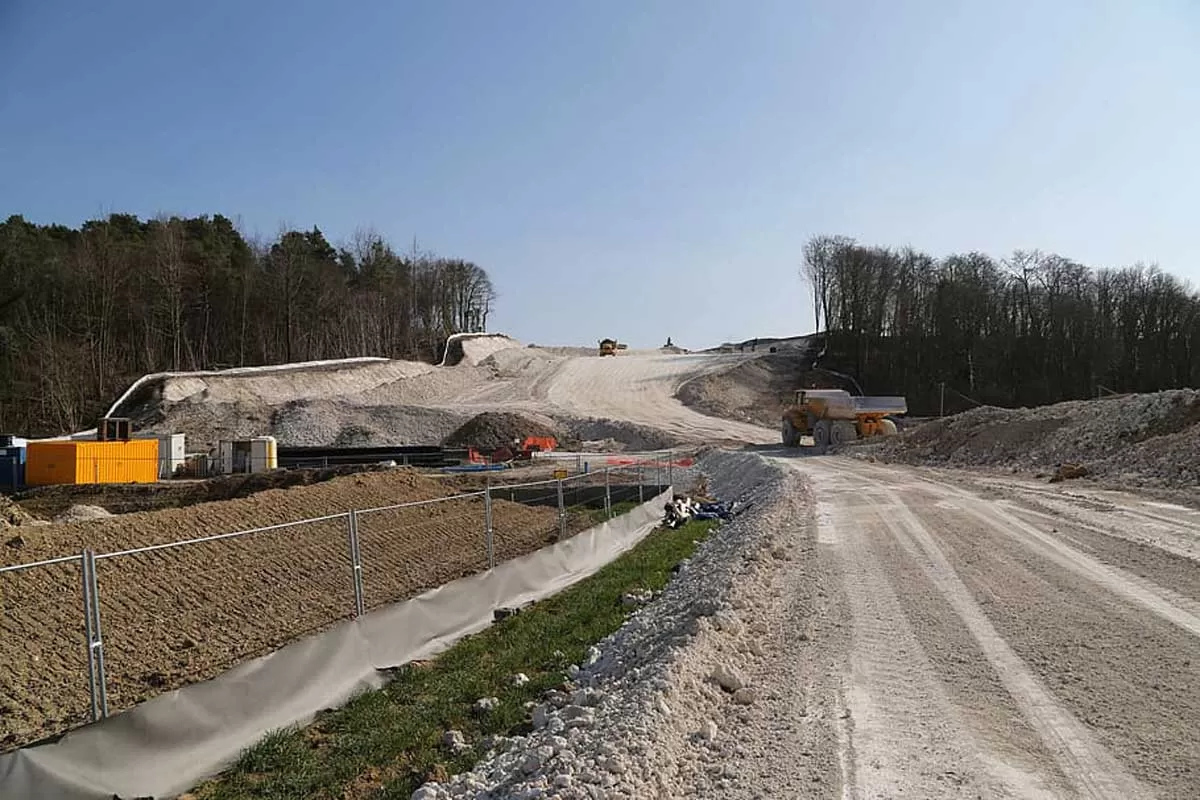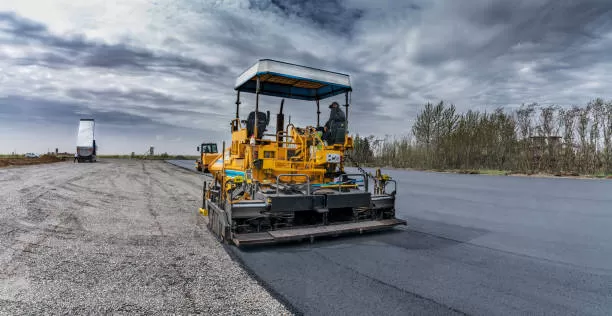
Mumbai-Pune zero fatality corridor reduces accidents by 52%

Rs 1 Tn National Highway Projects Delayed: Care Ratings
Over half of the 374 road projects awarded by the national highways authority, with a total construction cost of Rs 1 trillion, have experienced delays exceeding six months as of December 2024. The extent of time overruns has risen significantly, from 33 per cent in June 2023 to 55 per cent by the end of 2024, indicating worsening project execution timelines. All these projects are being implemented under the Hybrid Annuity Model (HAM), which remains the dominant approach in national highway development, accounting for 55 per cent of all projects. These contracts, awarded between 2015 and 202..

India Plans 1,450 Km of Asphalt Roads Along the Indo-Pak Border
A large-scale road construction project is set to enhance border security, with 1,096 km of roads planned in Rajasthan and 354 km in Punjab. The initiative is expected to commence within a month, improving patrolling efficiency for the Border Security Force (BSF). Currently, BSF personnel face significant challenges in monitoring the border due to shifting sand dunes and rough terrain. The development of these roads will facilitate smoother movement both on foot and in vehicles, such as jeeps and gypsies. Improved vehicular access will also help reduce response time between border outposts, s..

NHAI Shuts Down CALA Cells in Six Tehsils of Odisha's Jagatsinghpur
The National Highways Authority of India (NHAI) has discontinued the Competent Authority for Land Acquisition (CALA) cells in six tehsils of Jagatsinghpur district. This decision has impacted the preparation of the detailed project report (DPR) for the proposed Cuttack-Kandarpur-Paradip economic corridor, along with inter-corridors and feeder routes under Bharatmala Pariyojana Lot-5. The move has been met with approval from local farmers, who had raised concerns about land acquisition for the project. While they did not oppose the project itself, they had urged authorities to consider alterna..














